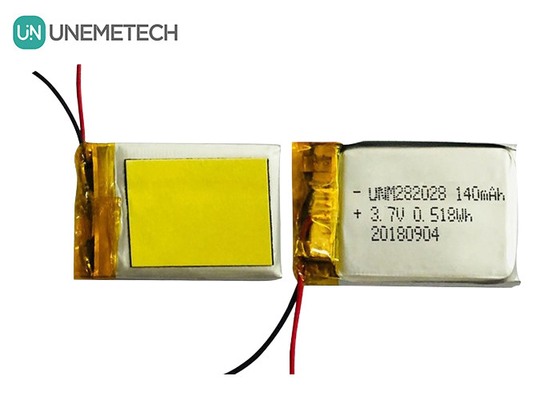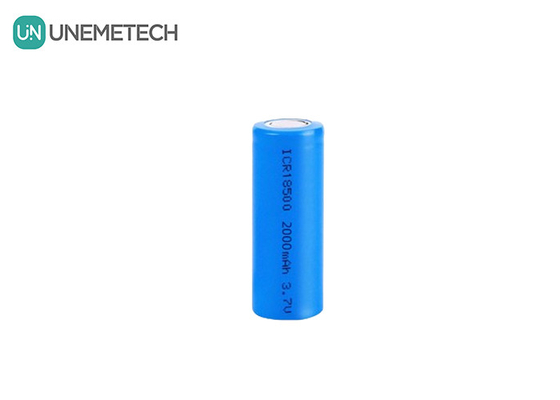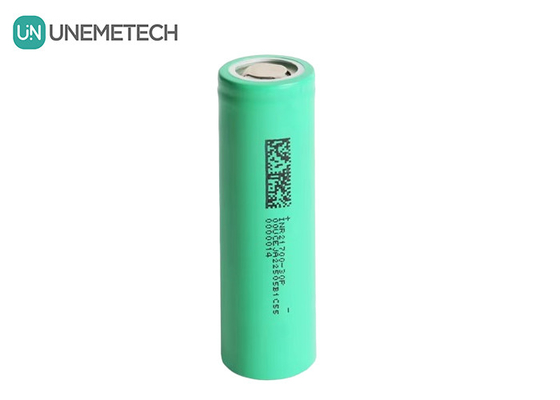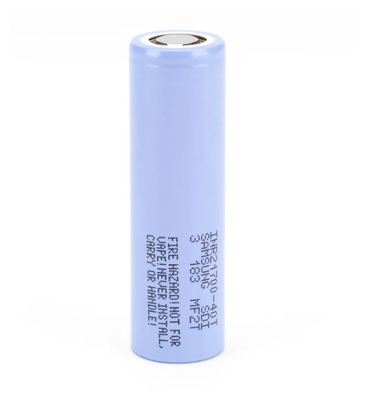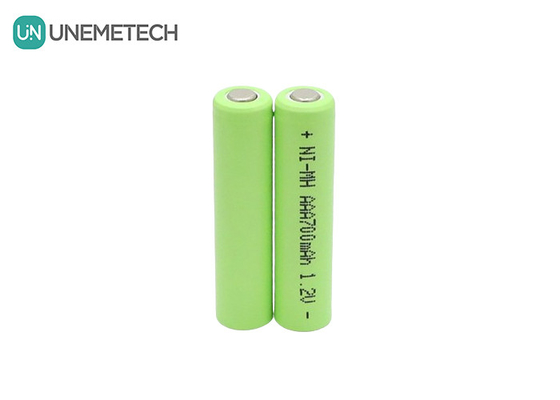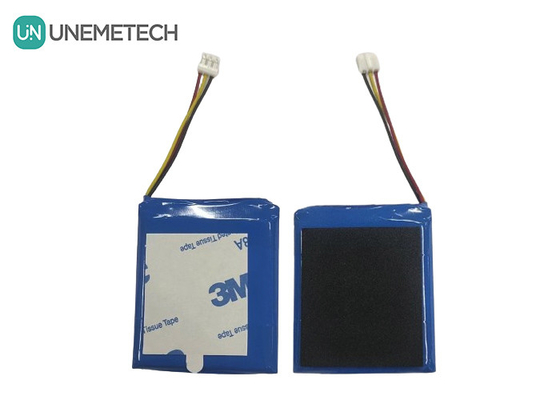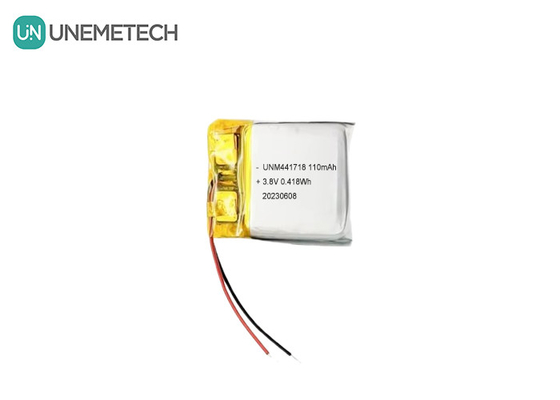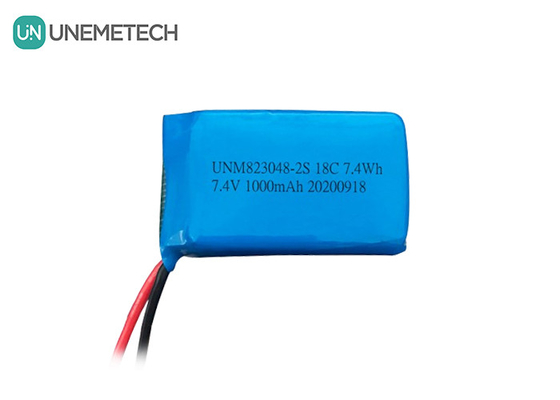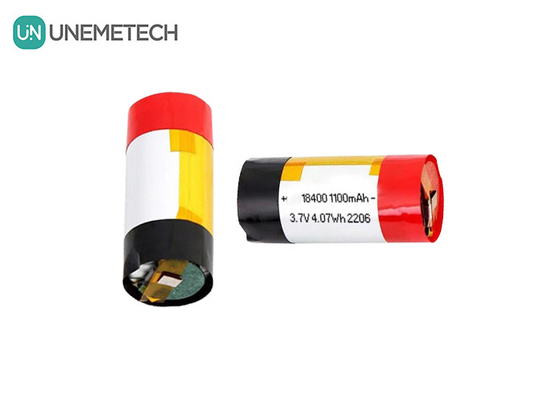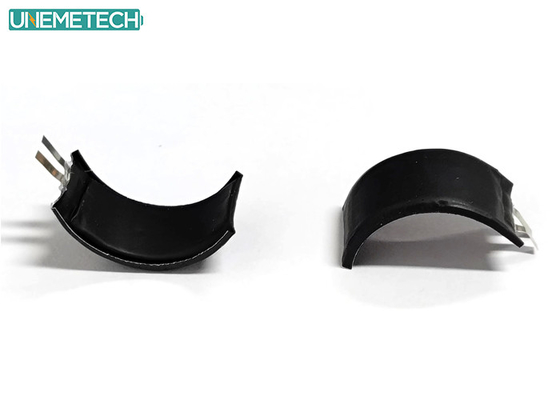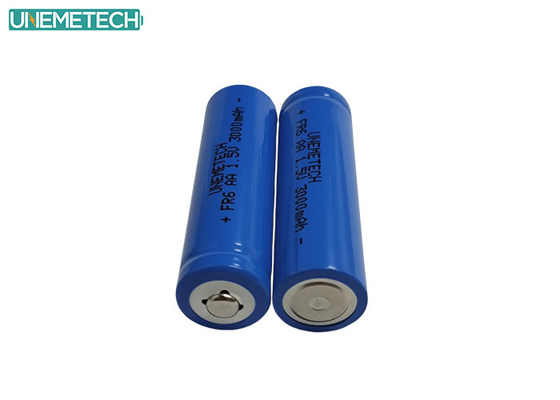Batteries are applicable to different scenarios, performance, service life and other different requirements, making the battery has a manufacturing field on the different. Lithium-ion batteries can be categorized into consumer, power and energy storage batteries according to application areas.
Energy storage devices are generally larger, fixed devices do not need to move, the weight and volume is generally not too high. The preparation of energy storage batteries emphasizes battery capacity, especially operational stability and service life. The consistency of the battery module should be considered more. In terms of battery materials, to pursue the long life and low cost of the entire energy storage device, the expansion rate of electrode materials, energy density, performance uniformity and other aspects need to be paid attention to.
Power batteries and energy storage batteries are the areas of lithium batteries with the greatest potential for future development, batteries used for electric transportation and batteries used for energy storage devices are essentially energy storage batteries. At present, energy storage batteries and power batteries are not different in technical principle, but due to different application scenarios, the real-world application of the two have different requirements for performance and service life.
Power and energy storage battery system products can be divided into cells, modules and battery packs according to different product forms. The electric core is the core of power battery products, a certain number of electric cores can be composed of modules, and further assembled into sets of battery packs, and ultimately used in new energy vehicles in the form of battery packs.

 Your message must be between 20-3,000 characters!
Your message must be between 20-3,000 characters! Please check your E-mail!
Please check your E-mail!  Your message must be between 20-3,000 characters!
Your message must be between 20-3,000 characters! Please check your E-mail!
Please check your E-mail! 
